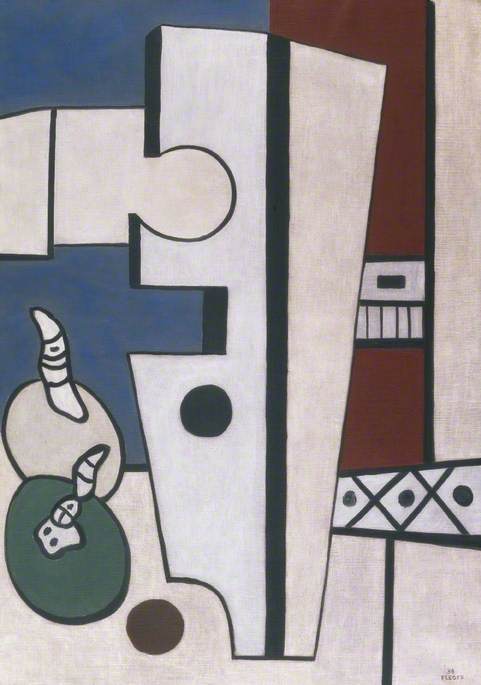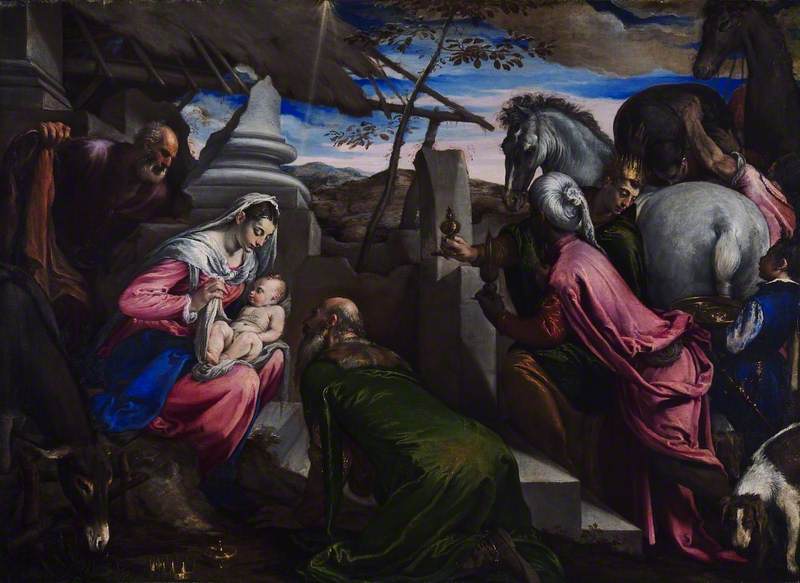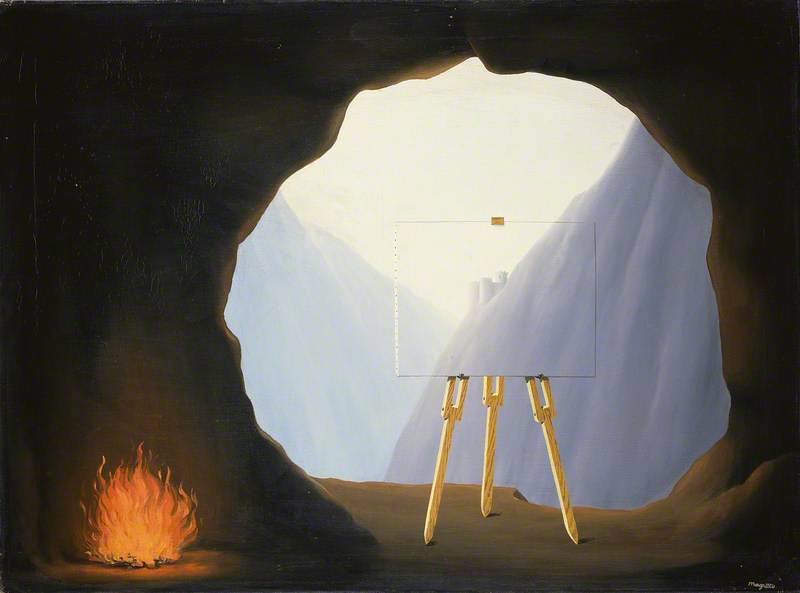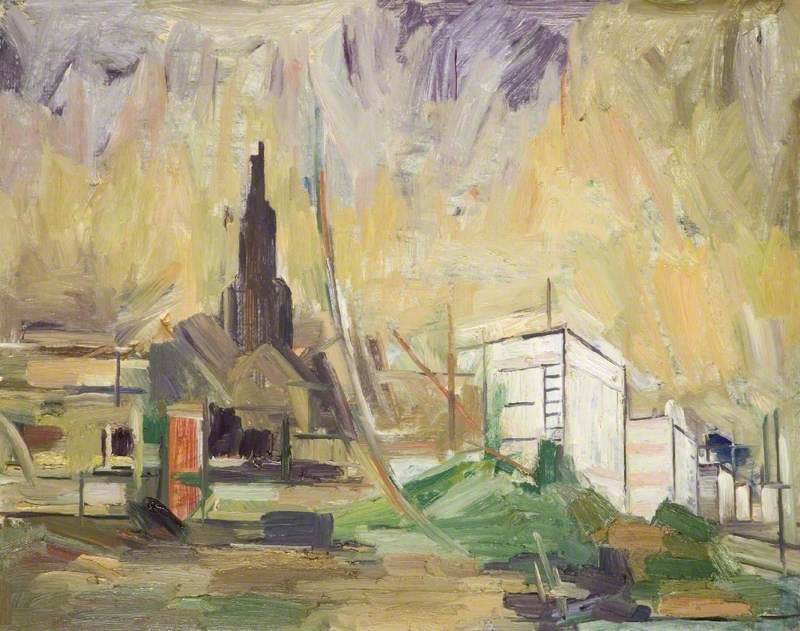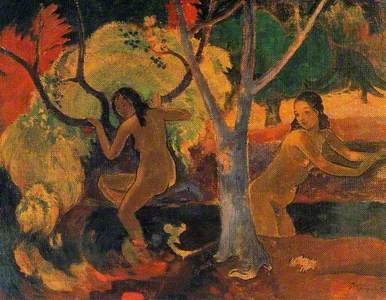The Barber Institute of Fine Arts was founded by Dame Martha Constance Hattie Barber (1869–1933) in 1932. Despite its dry legal language, the deed of settlement was one of the most momentous cultural documents of the twentieth century, since it founded the Barber Institute of Fine Arts at the University of Birmingham, now one of the finest galleries of Old Master and modern European paintings of its size in the world, as well as a venue for classical concerts of equal renown. Lady Barber was the widow of Sir Henry Barber, a highly successful Birmingham property developer. Passionate about art and music, but without children, they had resolved to use their fortune to perpetuate their name with an art institute, an idea that was enthusiastically welcomed by the University of Birmingham which would host it.
Although Lady Barber did not collect fine art, she and her husband did commission a truly extraordinary series of around twenty portraits of her from an obscure Belgian artist, Nestor Cambier (1879–1957), who became their compliant artist in residence at Culham Court, near Henley-on-Thames. Art UK is the only place that one can see this unparalleled group together, along with related portraits of university figures that Lady Barber also managed to secure as commissions for Cambier.
Lady Barber died within weeks of signing her Deed and so never saw the Institute or any of the works of art that her gift bought for it. She had, however, stipulated that these should be of the quality suitable for the National Gallery or the Wallace Collection (which she especially loved), and this was honoured by the wonderful acquisitions of the visionary and flamboyant Irishman Thomas Bodkin, the first director (1935–1952). His first dozen purchases of pictures include outright masterpieces by Frans Hals, Nicolas Poussin, Edouard Manet and Claude Monet, and were followed by outstanding paintings by Giovanni Bellini, Rubens, Steen, Murillo, Gainsborough, Degas and Gauguin. Later directors added superb examples of the work of Jacopo Bassano, Van Dyck, Vigée-LeBrun, Ingres, Rossetti, Derain, Léger and Magritte, among many other illustrious names.
Alexander the Great (356–323 BC)
c.1494
Master of the Griselda Legend (active late 15th C–early 16th C) 
A distinctive and deliberately pursued feature of the Barber collections, besides the exceptionally high ratio of works of international quality and the balance across periods and schools (scarcely matched outside London and Edinburgh), is the prevalence of works by masters rarely or even uniquely represented elsewhere in the United Kingdom. A trawl through Art UK reveals that the Barber's paintings by Simone Martini, Cosimo Rosselli, The Master of the Griselda Legend, Jan de Beer, Mattia Preti, Matthias Stom, Evaristo Baschenis, Johan Christian Clausen Dahl, Maurice Denis and Odilon Redon, can be matched at best by only two or three examples across the rest of the United Kingdom's public collections, and are in some cases unique.
Robert Wenley, Head of Collections and Learning, The Barber Institute of Fine Arts
